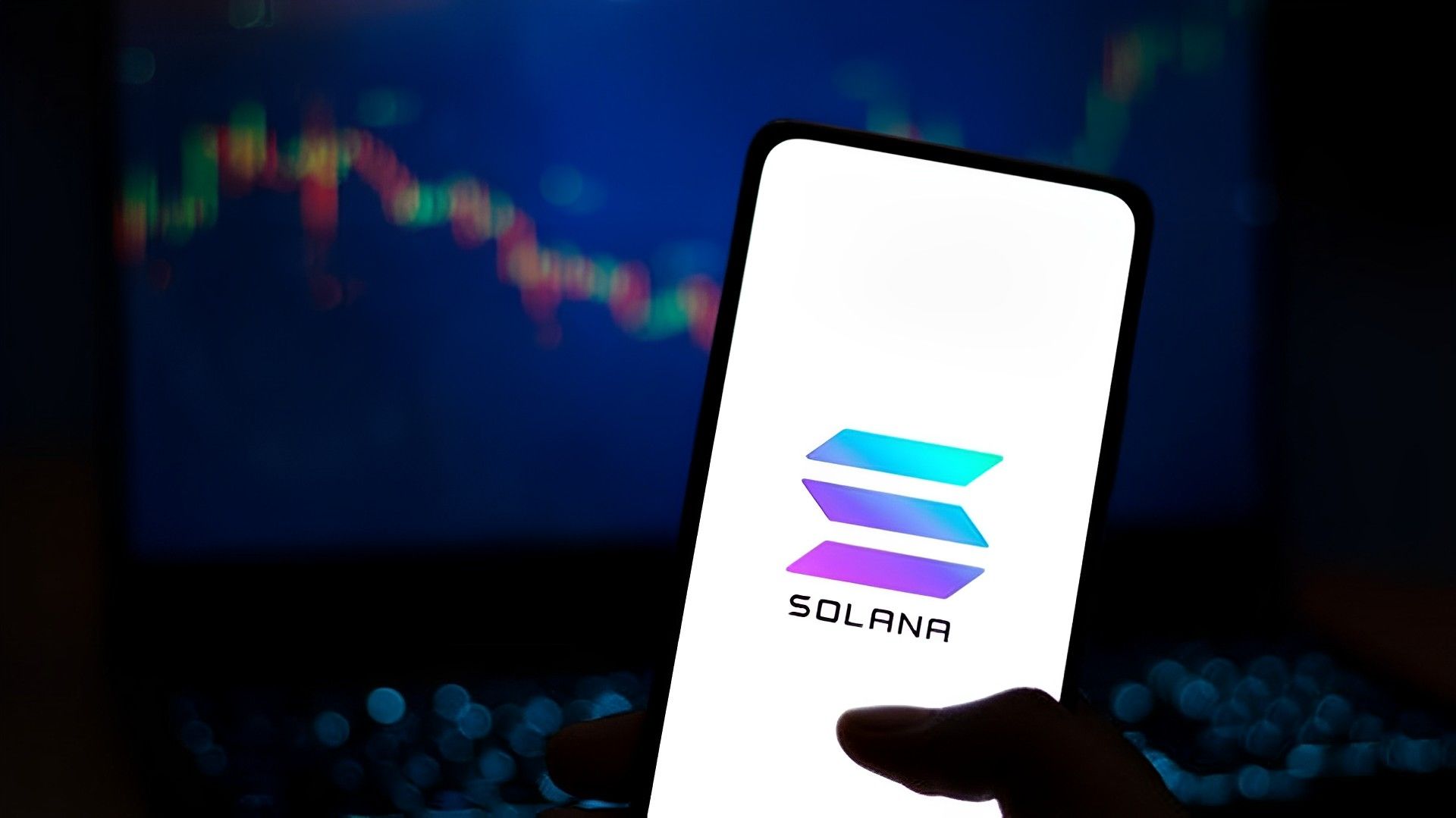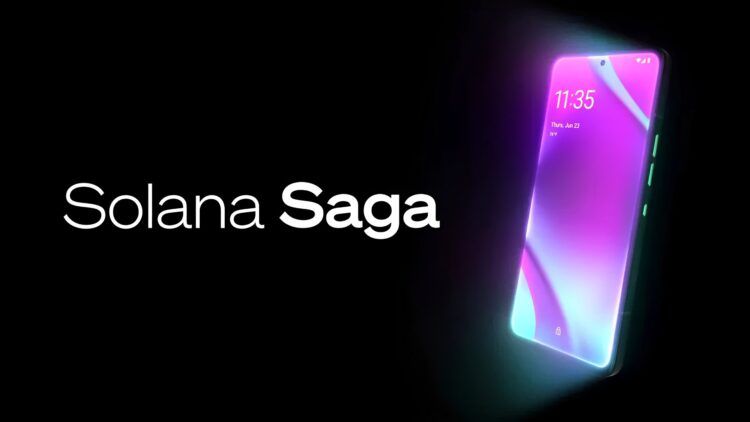Anatoly Yakovenko, co-founder and CEO of Solana, announced the release of the Solana Saga smartphone, an Android smartphone with a web-3 focus, some ten months ago. The new smartphone is preparing to go on sale, and before it does, we wanted to explain its specs and how it’s focusing on aiming for web-3 enthusiasts as the target audience.
According to Solana, the goal of Saga was to provide consumers with access to crypto platforms and services via phones rather than the more conventional method, which is through computers.
Solana Saga smartphone specs and price
Let’s start with the fundamentals: The black box that houses the $1,000 device contains the phone itself, a USB-C charging cord, and a physical card on which you may write down your recovery phrase, which is a string of odd words you need to enter to access your cryptocurrency wallet.
The Solana Saga smartphone has 512 GB of storage, an OLED display of 6.67 inches, and an Android 13 operating system.

The setup procedure is typical for Android and includes the customary prompts for creating an account and connecting to the internet. The majority of stuff can be skipped and set up later, however, we advise setting up the fingerprint unlock because it doubles as a verification technique for cryptographic transactions.
The 4011 mAh battery in the Solana Saga smartphone lasts roughly 1.5 days. Therefore, we’d conclude that in terms of battery life, it functions well.
The Solana Mobile Stack (SMS), which is the infrastructure that connects dApps to wallets but is hidden from customers, includes a mobile wallet adapter that is also embedded into the Solana Saga smartphone, according to Steven Laver, the engineering lead at Solana. He said that this adapter is a “comprehensive technology” that will connect web dApps to mobile devices, much to MetaMask’s connect button on its desktop client.
The Saga, in contrast to ordinary Android devices, contains web-3 features and a “Solana dApp Store,” where you may download web3 platform programs.
There are only a few apps in the store:
- Four wallets: Phantom, Solflare, Ledger and Squads
- Three DeFi apps: Marinade.finance, Jupiter and Mango
- Three NFT apps: Nokiamon, Minty Fresh and TIEXO
- Three social apps: Dialect, Audius Music and urFeed
- And the dApp “Workspace”
It’s odd that Magic Eden isn’t listed among the dApp stores considering that the marketplace discussed aspirations to collaborate with the Solana Mobile Stack (SMS) when Saga was introduced last year. Following publication, Magic Eden’s chief gaming officer, Chris Akhavan, tweeted that the company’s app would shortly go online and was now under evaluation.
The Solana team anticipates that more applications will be uploaded to the dApp store when the Solana Saga smartphone is made available to the general public “in the next two weeks,” though Laver did not specify how many will ultimately be available there.
“We’ve been reaching out and engaging with big players in the Solana ecosystem and those who recognize that mobile has won for everything else,” Laver told. “A lot of developers are realizing mobile will win eventually and they want to be there when it happens.”
While the phone is still in its early phases, according to Laver, there will be software updates over time to keep things interesting.
Delivery of the Solana Saga smartphone has been delayed to Q2 from Q1, as promised by Yakovenko in June of last year. Preorders for the phone require a $100 down payment.
A number of significant web3 businesses, including the now-defunct crypto exchange FTX, NFT marketplace Magic Eden, and cryptocurrency wallet Phantom, announced their partnership with Solana in June. They also announced a $10 million development fund for those who create apps for the phone. Hence, the Solana Saga smartphone seems like a future interest point for many web-3 enthusiasts who want simpler and faster access to web-3 services. If you are one, you might want to check out: For platforms looking to ramp up to Web3, pay attention to the total cost.





